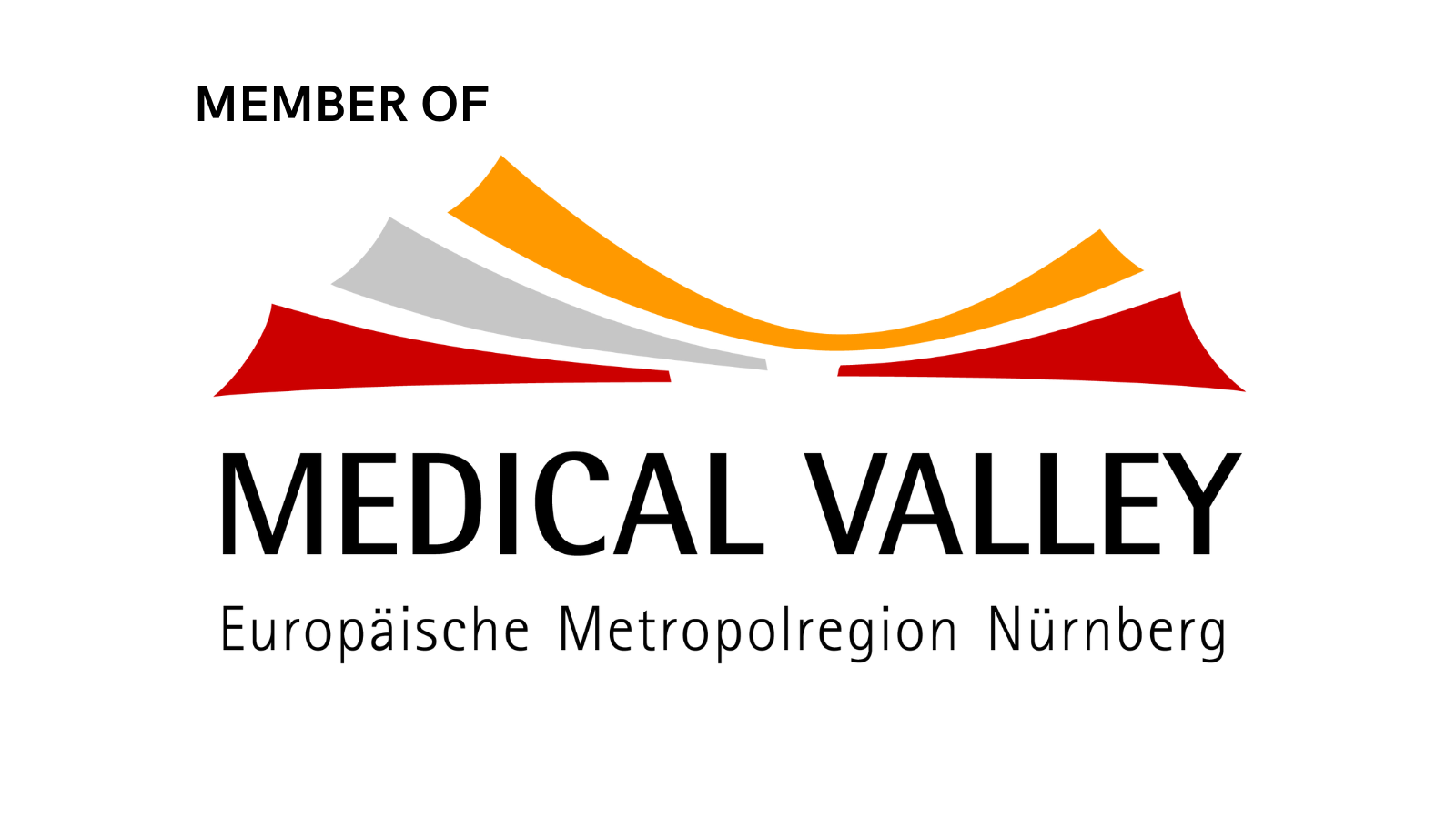Product Technical Requirement (PTR) of medical device in China
Start medical device registration with editing Product Technical Requirement in China
Safety - and functional specifications in focus
Product technical requirement (PTR) is a document submitted to testing institutes (or Chinese labs) by legal manufacturers. As described in Chinese certificate, it is a characteristic part of medical device indicating all key performance specifications and testing methods derived from Chinese standards whereby the testing institutes check own testing capability and conduct type testing. Nowadays it is possible to execute testing in own lab if requirements in lab are fulfilled.
Don’t be surprised that PTR should be the first created document after the project start of medical device registration in China. The reason is that normally type testing takes long time and drafted PTR should firstly be submitted to testing institutes at point of application of type testing. The final report will be issued by institute not always in time after completion of testing.
This is one of the most important documents at submission dossiers. As a basis for type testing, drafted PTR is a kind of design output and test plan.
The testing institutes will conduct type testing proving performance parameters in accordance with national - and industrial standards. For e.g. medical electrical equipment, the "heavy weights" of typical type testing are safety - and electromagnetic compatibility in Chinese labs.
The final issued testing report by testing institutes acts as a design transfer and also part of submission dossier.
As one of the Chinese Medical device ID besides the product certificate, the original stamped PTR as annex must be submitted at change - and extension registration!
Table of content (structure) of Product Technical Requirement
The PTR is made of four chapters plus appendix. We list some typical items at PTR as overview. In the fact the PTR is individual different owing to product group and design of each manufacturer.
1. Product variants and models
- Name, variant and model of medical device
- Naming rule of product version (e.g. Easy Ventilator Innovation, V 1.2.0)
- Complete product release version
- Explanation of difference of products variants and models
2. Performance and safety specifications
It includes the main safety and functional specifications of medical device as performance -, safety -, software parameters and working modes.
* the name of this chapter is confusing. Actually many electric parameter is not listed in PTR and will be tested in safety and EMC test. So exact here are critical specification impacting safety and effectiveness of product.
The performance and safety parameters in product technical requirements refer to the functional and safety specification of finished products that can be judged objectively.
- Product size and weight
- Product compositions and configurations
- Environment and electrical power requirements
- Transport and storage conditions
- Software environment
- Data interface
- Clinical function
- User access control
Performance and safety parameters should be risk-based traced with design & development and at next change registration of medical device. Some parameters are country-specific in China and other markets. In term of special specifications for Chinese testing, a pre-test is essential.
Using our
special digital tool (to organize a demo, see below), you can individually trace the specification for your
research and development
and in the whole technical documentation.

3.Testing methods
Here the applied chapters of Chinese standards and summarised methods are described. If no Chinese standards as method were to reference, manufacturer should suggest method from own internal test.
4.Definition
The key definitions of medical device should be cleared.
Appendix:
- Insulation diagram in accordance with GB 9706-1-2020 (corresponding to IEC 60601-1:2012)
- Table of insulation parameters (insulation path, insulation type, electrical clearance, creepage distance)
- Material list
- Table of environmental adaptability requirements
In accordance with GB/T 14710-2009 (environmental adaptability requirements), there are tests under different environments: at low temperature during working, at low temperature during storage, at heating during working, at heating during storage, at damp heating during working, at damp heating during storage, at vibration, at transport and at collision.
- System architecture diagram
Block diagram of system architecture
- Physical topology diagram
Network diagram of main internal and external hardware with its interaction and connection (energy and data)
- User interface diagram
Often first software user interface indicating the main menu with each function
Do you know that performance specification in chapter 2 matches each testing method in chapter 3?
There should be an intelligent testing matrix at Chinese registration with Design and development at manufacturer.
Each specification should be traced to user requirements, verification and validation (intern and or extern), risk management and even applied standards and design change?
Contact us in term of PTR demo in a smart tool to manage your testing matrix. We have established a unique solution with partner (Matrix requirement). We can adapt your internal need and guarantee the testing chapter in all intertional registrations and design change at quality management.
Here a simplified example:

In vitro diagnostics elements at new PTR for Chinese registration
The whole guidance applies to medical device and IVD.
In the new guidance pf PTR there are only 2 IVD tracks:
· The test method should also clearly state the reference substance and the standard substance, the sample preparation method, the number of tests and the calculation method.
· For class III IVD, the main raw materials and production work flow shall be specified in the form of an appendix in the PTR.
In new PTR guidance in 2022
We highlight the change in PTR guidance in 2022 compared to 2014:
· The definition (chapter 4) from own products only needed, not general definition written in Chinese standards.
· For products containing software, the naming rules for software release version and software full version should be clarified.
· Performance specifications in chapter 2 not affecting the safety and effectiveness of the product may not be listed, but as descriptive information in appendix
· Clarification if the obligatory Chinese standard is not applied
· For medical device, if possible, some descriptive characteristics can be indicated in appendix, such as product sterilization or non-sterile status, product validity period, main raw materials, production work flow, product main safety features, key technical specifications, key component information, MRI compatibility etc.
· Not suggested in chapter 2 Performance specifications in PTR: validity studies, Sterilization validation studies, fatigue studies, in vitro degradation studies, human factor validation studies, reliability validation studies, magnetic resonance compatibility studies, biocompatibility studies, environmental requirements for medical electrical appliances
Interaction of Product Technical Requirement with other important items during and after product development
Actually the role of PTR is vital through the life cycle of medical device
from design to post market. It is a part of design input at quality control regarding the safety and functional specifications. The specifications should be already verified internally. In
figure 1 below is shown the interaction of PTR with other tactic subjects.
& Guidance and Standards
The source of testing method at PTR is from product-specific guidance and Chinese standards. With these referenced requirements, it makes the testing method reliable and reproducible.
& Production
At "Medical device product technical requirements" it stipulates:
manufacturer should be based on product technical requirements, product characteristics, production processes, quality management system to determine the insection at production process (entry inspection, process inspection, final inspection) and meets the mandatory standards and product technical requirements.
& Type testing
The testing institutes can only tests the sample upon drafted PTR, conduct testing and issue the testing report.
& Product registration
As one annex of Chinese medical device ID the original PTR is needed for each registration.
& Clinical trial
PTR has to be submitted by the application of clinical trial if applicable. Within one year after type testing, clinical trial MUST begin. It means automatically that the clinical trial can only take place after successful type testing.
& IFU
The final specification after type testing should be consistent with all marketing material especially instruction for use.
& Tender
At sales and distribution activities like tender at hospital, PTR plus product certificate are a MUST to have PASSPORT to demonstrate approved medical device and functional specifications.
& Post market inspection
At inspection by NMPA, the product specifications in PTR are preferentially proved as the most critical finding items.
PTR Example

CMDE video to learn Chinese PTR of medical device (IVD)
CMDE provides a brief video interpreting the important role of PTR in premarket registration, production and post-market supervision, basic content of PTR and relationship with Chinese standards.
Do you know
In medical device act (draft), Chinese GMP (2022, Nr. 53) and medical device standard, it stipulates:
Production of medical device should be strictly in accordance with mandatory standards and registered or filed product technical requirements (PTR) to ensure that medical devices leaving the factory comply with mandatory standards and registered or filed product technical requirements.
In follow up design control of change, you should keep a conform eye open onparameter impacting PTR and type testing.

Contact us to support PTR either in terms of training remote or onsite (DACH region or e-Learning.
Easychinapprov provides clients a precise PTR template at the beginning of project and complete final PTR after product approval in English.
We highlight the essential functional parameters at PTR which aids proactively to integrate and verificate new parameters in research and development of next product model and variants.
Besides guidance of product technical reuquirment in China for medical device and IVD, PTR is mentioned many times in State Council Ordinance 739 and Chinese GMP guidance of medical device (article 31, 45 and 58)








